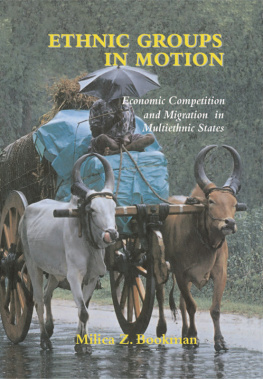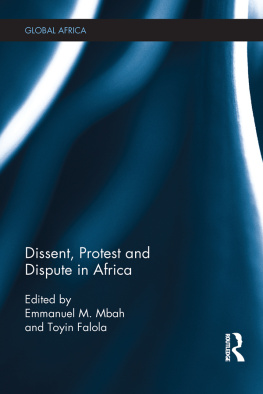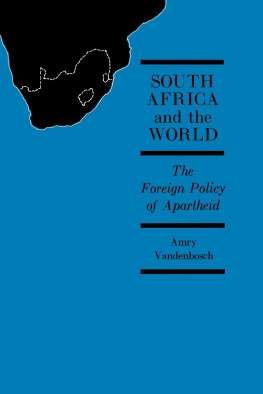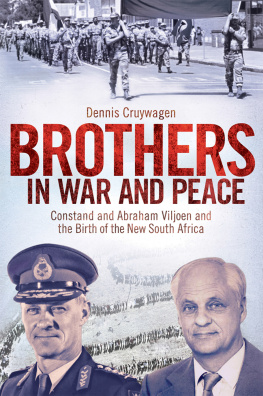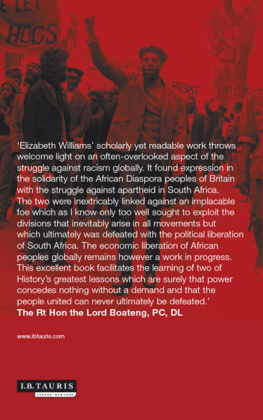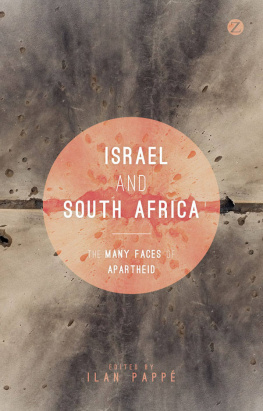Zionist Israel and Apartheid South Africa
This book is a comparison of two ethnic-national states which have been in conflict apartheid South Africa and Zionist Israel and how internal dissent has developed. In particular it examines the evolution of effective white protest in South Africa and explores the reasons why comparably powerful movements have not emerged in Israel.
The book reveals patterns of behaviour shared by groups in both cases. It argues that although the role played by protest groups in peace building may be limited, a tipping point, or magic point, can become as significant as other major factors. It highlights the role played by intermediate variables that affect the pathways of protest groups: such as changes in the international system; the visions and strategies of resistance movements and their degree of success; the economic relationship between the dominant and dominated side; and the legitimacy of the ideology in power (apartheid or Zionism).
Although the politics and roles of protest groups in both cases share some similarities, differences remain. Whilst white protest groups moved towards an inclusive peace agenda that adopts the ANC vision of a united non-racial democratic South Africa, the Jewish Israeli protest groups are still, by majority, entrenched in their support for an exclusive Jewish state. And as such, they support separation between the two peoples and a limited division of mandatory Palestine/Eretz Israel. This timely book sheds light on a controversial and explosive political issue: Israel being compared to apartheid South Africa.
Amneh Daoud Badran is Lecturer and Head of the Political Science Department, Al-Quds University, Palestine, and Honorary University Fellow, University of Exeter, UK. From 20012005, she was the Director of the Jerusalem Centre for Women, actively involved in IsraeliPalestinian peace-building initiatives, and received The Liberty Award by Dialogue on Diversity in 2003 in recognition of her work for the cause of conciliation and human rights.
Routledge studies on the ArabIsraeli conflict
Series editor: Mick Dumper
University of Exeter
The ArabIsraeli conflict continues to be the centre of academic and popular attention. This series brings together the best of the cutting edge work now being undertaken by predominantly new and young scholars. Although largely falling within the field of political science the series also includes interdisciplinary and multidisciplinary contributions.
- International Assistance to the Palestinians after Oslo
Political guilt, wasted money
Anne Le More
- Palestinian Political Prisoners
Identity and community
Esmail Nashif
- Understanding the Middle East Peace Process
Israeli academia and the struggle for identity
Asima A. Ghazi-Bouillon
- Palestinian Civil Society
Foreign donors and the power to promote and exclude
Benot Challand
- The Jewish-Arab City
Spatio-politics in a mixed community
Haim Yacobi
- Zionist Israel and Apartheid South Africa
Civil society and peace building in ethnic-national states
Amneh Daoud Badran
Zionist Israel and Apartheid South Africa
Civil society and peace building in ethnic-national states
Amneh Daoud Badran
First published 2010
by Routledge
2 Park Square, Milton Park, Abingdon, Oxon OX14 4RN
Simultaneously published in the USA and Canada
by Routledge
270 Madison Ave, New York, NY 10016
Routledge is an imprint of the Taylor & Francis Group, an informa business
This edition published in the Taylor & Francis e-Library, 2009.
To purchase your own copy of this or any of Taylor & Francis or Routledges collection of thousands of eBooks please go to www.eBookstore.tandf.co.uk.
2010 Amneh Daoud Badran
All rights reserved. No part of this book may be reprinted or reproduced or utilized in any form or by any electronic, mechanical, or other means, now known or hereafter invented, including photocopying and recording, or in any information storage or retrieval system, without permission in writing from the publishers.
British Library Cataloguing in Publication Data
A catalogue record for this book is available from the British Library
Library of Congress Cataloging in Publication Data
A catalog record for this book has been requested
ISBN 0-203-87250-9 Master e-book ISBN
ISBN10: 0-415-48981-4 (hbk)
ISBN10: 0-203-87250-9 (ebk)
ISBN13: 978-0-415-48981-2 (hbk)
ISBN13: 978-0-203-87250-5 (ebk)
To my Mother
Illustrations
Figures
The ECCs launching declaration
A list of the ECCs supporting member organizations
Tables
Research variables
South Africa and madatory Palestine area and population
Categorization of white protest groups
Classification of Israeli protest groups
The different categories for South African white protest groups
The different categories of Israeli (Jewish) protest groups
Peace organizations in 1980s South Africa
The leading peace and conflict-resolution organizations in South Africa
The leading anti-apartheid non-governmental organizations in apartheid South Africa
Foreword
In recent years, scholars and journalists alike began to consider seriously the benefit of comparing apartheid South Africa to the Israel/Palestine case study. It began with a series of newspaper reports and it proceeded with scholarly articles and one or two monographs. These previous works hitherto validate the need to pursue further this project. The historical background of both case studies is grounded in the age of colonialism and modern nationalism. The practices and ideologies behind the white colonization of South Africa and Palestine were quite similar. The settlers sought to control the land and the native population by variety of means stretching from land control, through segregation, ethnic cleansing and finally modern-day systems of legal discrimination.
The historiographical and sociological comparisons have so far produced a better understanding of the origins of the Zionist project, the failure of the anti-colonialist Palestinian project and illuminated in a new light the current predicament on the ground. As with all comparative studies it has also exposed the significant differences between the two cases, always an inevitable and useful outcome of any comparative exercise.
This book constitutes a very important and valuable contribution to the comparative endeavour. First and foremost as it touches on a component of the two case studies, which was ignored hitherto. The role of the peace movements in both places escaped the attention of those who were already juxtaposing the two cases. As readers of this book will be quick to learn when the comparison focuses on this subject matter, the differences of the case studies become apparent and not only the similarities.
But the attention to the peace movements highlights another aspect of the comparison, which is not entirely academic but nonetheless at the heart of the matter. The impulse for comparing apartheid South Africa and the Israel/ Palestine reality was never purely scholarly. The search for a comparison is always pursued by people who are committed to peace and reconciliation in Israel and Palestine. There is no better way of finding out what worked in this respect in the South African case and why it failed to materialize so far in the other case. And much of what is written in this excellent book is food for thought in this direction. It focuses on the role of the NGOs, peace movements and individuals within the greater matrix of international forces, regional actors and governments in bringing about a change to a part of the world that needs it as badly as apartheid South Africa craved for it, in its time.


